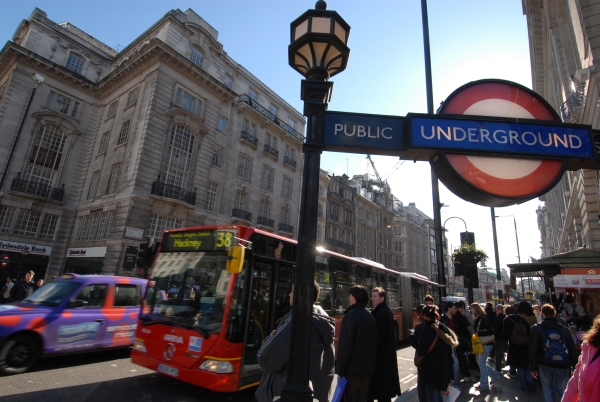
Chartered Institute of Housing: Transport land can drive new London homes
Transport for London (TfL) is one of the largest landowners in London, with assets across the capital from Zones 1 to 7 and according to London’s deputy mayor for housing, James Murray, who was speaking at the Chartered Institute of Housing conference on 30th June 2016,”There needs to be a conversation over when the land comes forward, what kind of housing do we want.”
In a broad ranging keynote speech Murray said that TfL land is now the “number one priority” in their drive to build new homes in the capital. The mayor’s office is working towards a 50% affordable housing target and accessing TfL land to build homes on will be essential to their plans.
TfL owns around 5,700 acres of land, much of it attached to tube stations, railways and highways and whilst much of the land is required for operational needs and is difficult to develop TfL has a stated intention to consider how the land can be accessed for housing. As a result TfL has a ten year business plan to establish co-operative partnerships with experienced developers and is already at work on a number of schemes.
With London’s population set to grow by almost 2 million to around 10 million by 2030 the need to access land for new housing is critical. TfL is working with planning officers in local councils to maximise the amount of affordable and social housing that is delivered from their land.
As part of their contribution to the capital TfL aims to generate £3.4bn in non-fares commercial revenue by 2023 which will be reinvested in London’s transport, supporting jobs and economic growth. Any new land released will be in addition to their current £360m growth fund, which will create more than 50,000 homes and 30,000 jobs by supporting 14 transport projects across London that directly facilitate development.
Deputy Mayor for Housing, Murray sees the link between transport and new homes to be incontrovertible. Earlier last week he spoke of transport and housing working together to plan new housing. Instead of transport playing catch up and improving links to new areas of housing London’s transport system should be the driving factor in choices around where new properties are built.
He also took to Twitter to stress a need for all interested parties to “work together” on building homes in London and stressed his personal willingness to meet “players” from all across the housing sector to formulate a plan. “Planning is not the answer to building new homes. It is essential that it fits together,” he said, “We have to make sure we are using our public land properly to send out a message to others.”
 As part of his speech to the Chartered Institute of Housing Murray also stressed that “Build to Rent is an exciting opportunity,” and that, “We know we need substantial funding from central government, we need to make sure there are wide ranges of routes into home ownership – this includes submarket rent.”
As part of his speech to the Chartered Institute of Housing Murray also stressed that “Build to Rent is an exciting opportunity,” and that, “We know we need substantial funding from central government, we need to make sure there are wide ranges of routes into home ownership – this includes submarket rent.”
Adding that “There is a need for housing associations to show they’re good for funding to build affordable homes.”
Murray has spent his time since taking office in communicating with all stakeholders involved in housing in London. Fully aware of the need to work on London’s housing crisis, he has still been ‘really shocked’ at the scale of the challenge but amazed by how clear the consensus is how a three prong strategy will produce results. Investment will be key to solving the crisis, with public money needing to join private enterprise. There also needs to be a better approach and a deliverable program towards public land. Finally, in order for land and investment to produce the most beneficial results it is essential that town halls have the capacity to manage planning following an update of the planning policies.

Leave a comment